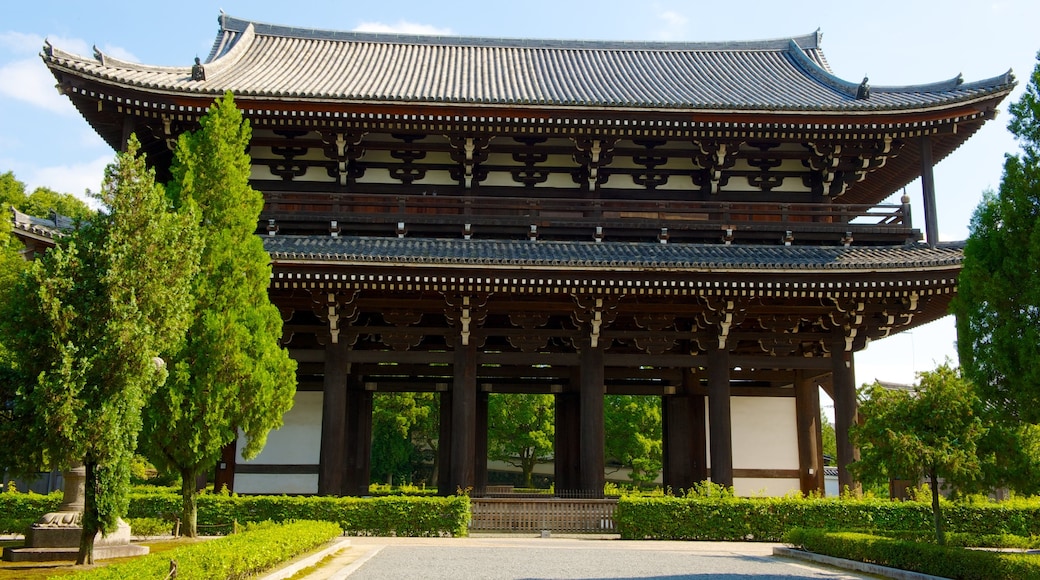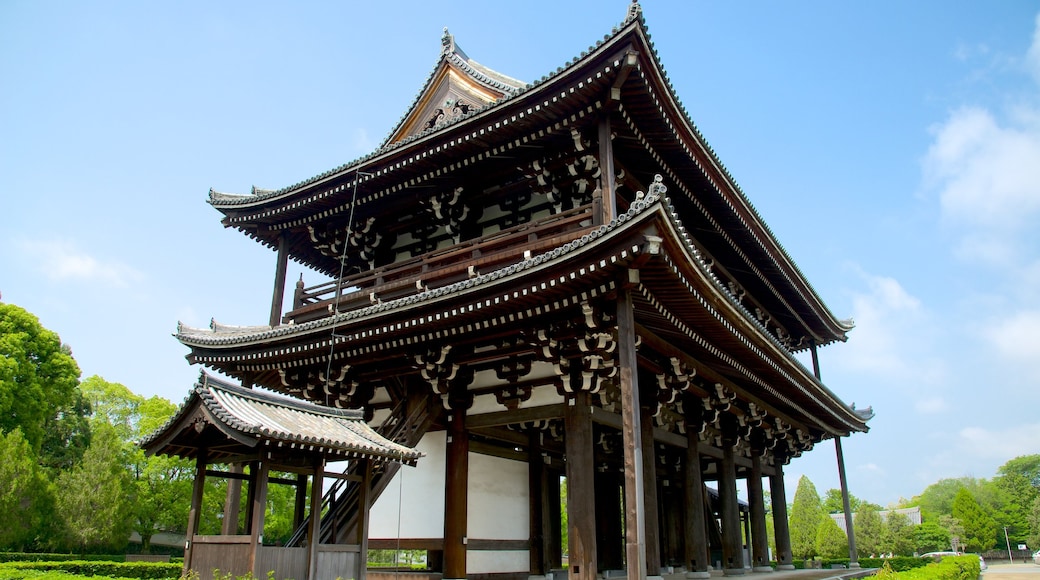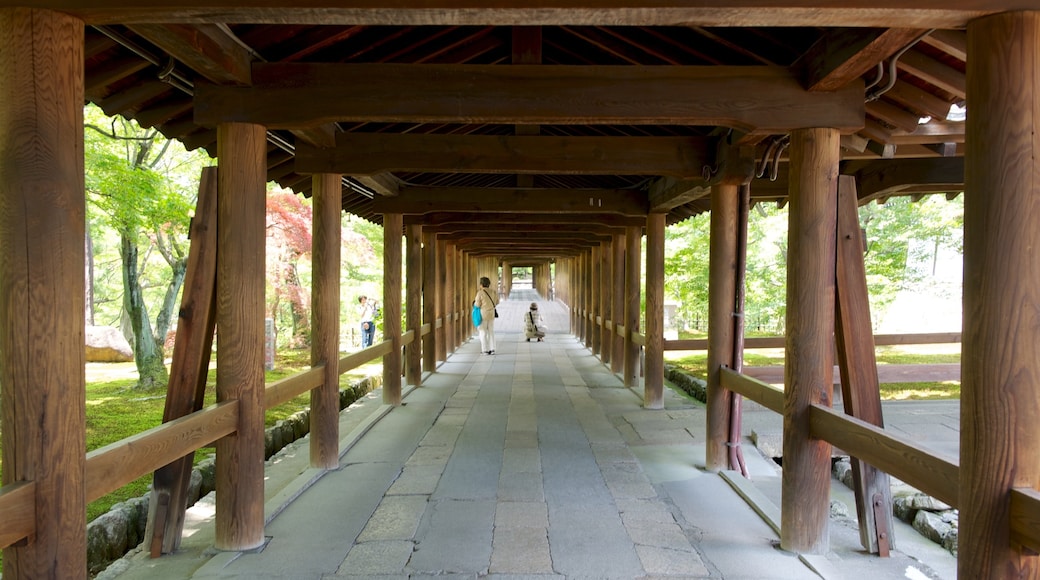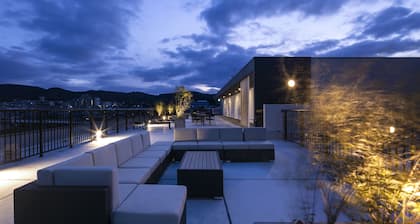The Tofukuji Temple is surrounded by a marvelous display of foliage. The vibrant reds and luscious greens of the leaves illuminate the shrine at the heart of the site. The impressive leaves alone are enough to separate the site from other temples in the country and attract tourists from all over Japan and the rest of the world. Almost as impressive are the buildings that have withstood the tests of time.
Take photos of the multicolored forest from the site’s most famous spot, the Tsutenkyo Bridge. The colors are at their best in November, when you will have to fight fellow nature-lovers for space on the pathway. Admire the Sanmon Gate, which stands 70 feet (21 meters) high. Constructed in 1425, it is the oldest of its kind.
Most other ancient temples were destroyed in fires and rebuilt, so make the most of the rare opportunity Tofuku-ji offers with temple buildings still intact from the 14th century. Find Zen in the meditation hall and bathhouse. Follow the stone path in front of Kaisando Hall. Enjoy the contrasting landscapes with a rock patch to the left and a pond garden on the right.
Founded in 1236, the temple is one of the main Zen Buddhism spots in Japan. Most of the grounds and buildings are free to access. There is an entrance fee, however, to the Hojo, the head priest’s former living quarters. It is exceptional in that the gardens surround the structure on all sides. There is a charge for access to the Tsutenkyo Bridge with its picturesque views.
This large shrine is located in the southeastern part of the city, a 10-minute walk from Tofukuji station on the JR Nara Line. It is a couple of stops away from the main transportation hub of the city, Kyoto Station. Tofukuji bus stop is also nearby.
















